PetroChina Co. Ltd.
-
 ABB Ltd
ABB Ltd -
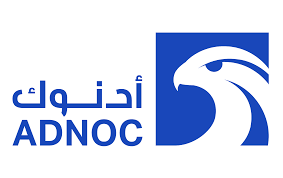 Abu Dhabi National Oil Company (ADNOC)
Abu Dhabi National Oil Company (ADNOC) -
 Admin
Admin -
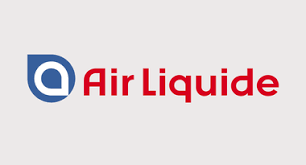 Air Liquide S.A.
Air Liquide S.A. -
 Aker Solutions ASA
Aker Solutions ASA -
 Alfa Laval AB
Alfa Laval AB -
Anglo American plc
-
 ArcelorMittal S.A.
ArcelorMittal S.A. -
 Ashcroft Inc.
Ashcroft Inc. -
 AVEVA Group plc
AVEVA Group plc -
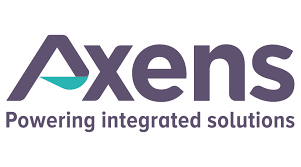 Axens
Axens -
 Bechtel Corporation
Bechtel Corporation -
 Bentley Systems
Bentley Systems -
 BHP
BHP -
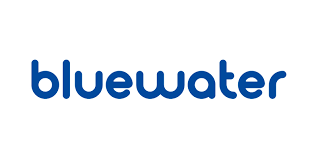 Bluewater Energy Services B.V.
Bluewater Energy Services B.V. -
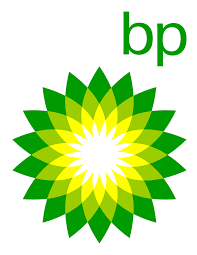 BP plc
BP plc -
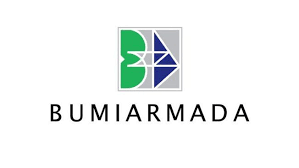 Bumi Armada Berhad
Bumi Armada Berhad -
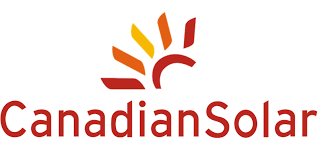 Canadian Solar Inc.
Canadian Solar Inc. -
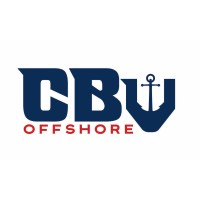 CBV Offshore
CBV Offshore -
 Claxton Engineering
Claxton Engineering -
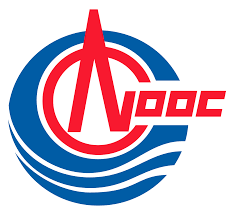 CNOOC Limited
CNOOC Limited -
 Conway Products Sdn. Bhd.
Conway Products Sdn. Bhd. -
 Crosby Valve and Engineering Co
Crosby Valve and Engineering Co -
 den
den -
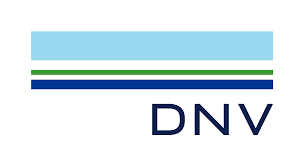 DNV A.S.
DNV A.S. -
 Drydocks World Dubai LLC
Drydocks World Dubai LLC -
 Eaton Corporation
Eaton Corporation -
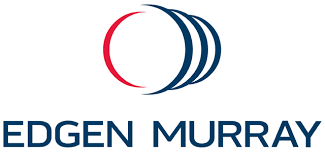 Edgen Murray Corp
Edgen Murray Corp -
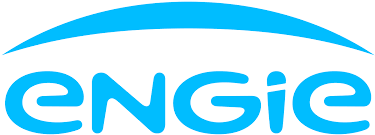 Engie S.A.
Engie S.A. -
 Eversendai Corporation Bhd
Eversendai Corporation Bhd -
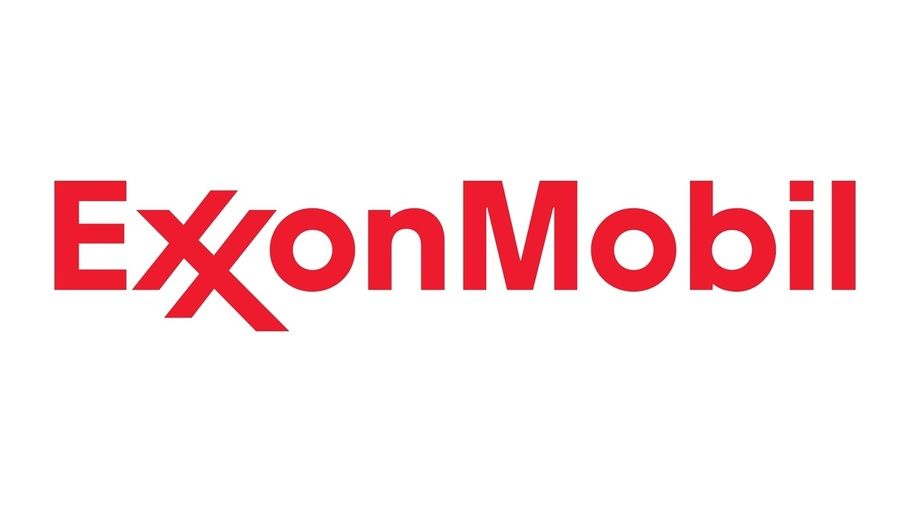 ExxonMobil Corporation
ExxonMobil Corporation -
 Farris Engineering
Farris Engineering -
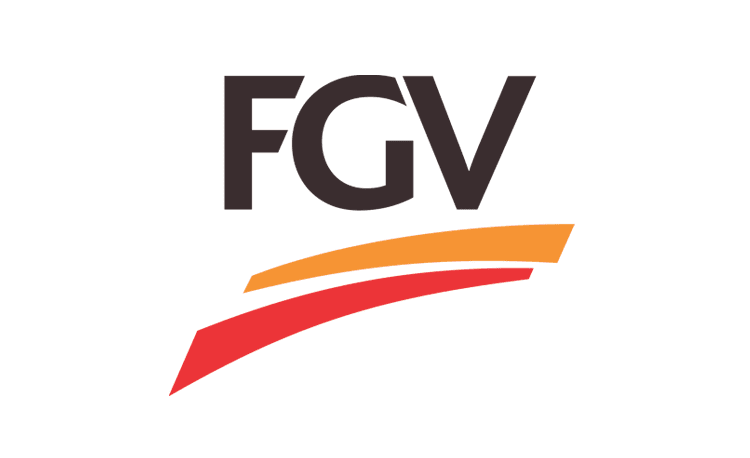 FGV Holdings Berhad
FGV Holdings Berhad -
 Flowserve Corporation
Flowserve Corporation -
 FLSmidth & Co. A/S
FLSmidth & Co. A/S -
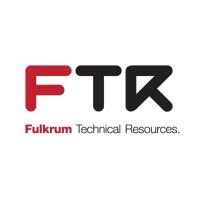 Fulkrum Technical Resources
Fulkrum Technical Resources -
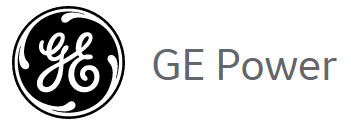 GE Power
GE Power -
 Grayloc Technology
Grayloc Technology -
 Halliburton Corporation
Halliburton Corporation -
 Hess Corporation
Hess Corporation -
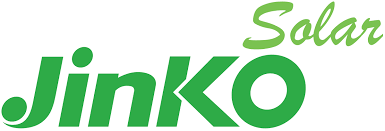 JinkoSolar Holding Co., Ltd.
JinkoSolar Holding Co., Ltd. -
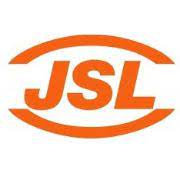 Jurong Shipyard PTE Ltd.
Jurong Shipyard PTE Ltd. -
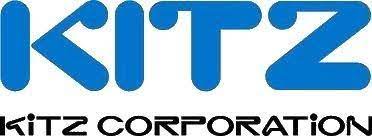 Kitz Valve & Actuation
Kitz Valve & Actuation -
 Kobe Steel Co.
Kobe Steel Co. -
 Lewa GMBH
Lewa GMBH -
Lisega SE
-
 Marubeni Corporation
Marubeni Corporation -
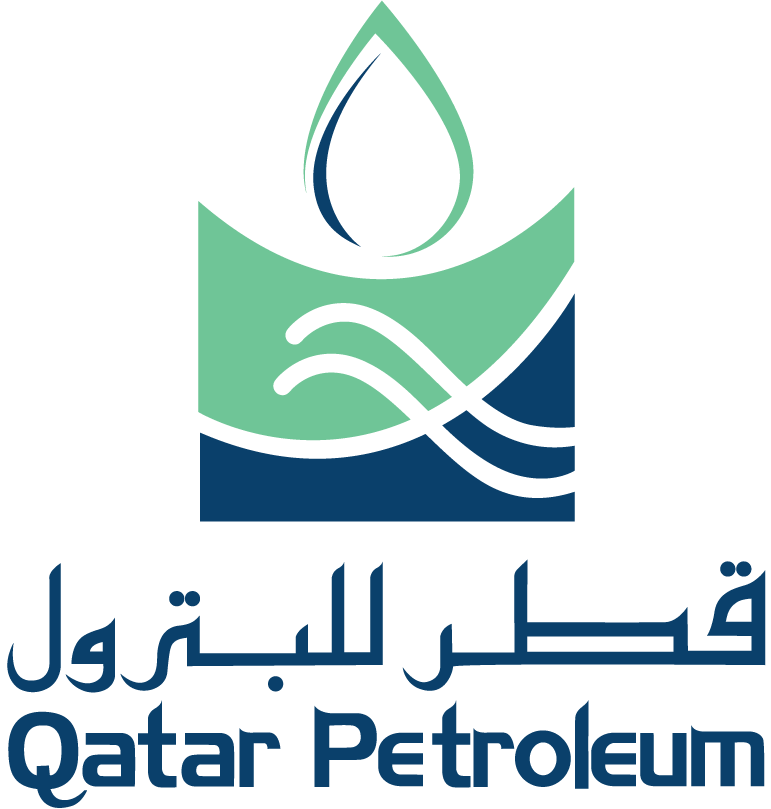 Modec
Modec -
 Mubadala Petroleum LLC
Mubadala Petroleum LLC -
 Neste Corporation
Neste Corporation -
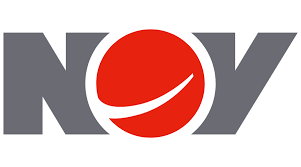 NOV
NOV -
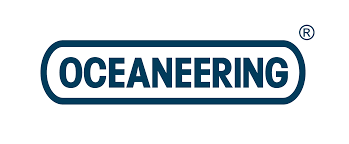 Oceaneering International Inc.
Oceaneering International Inc. -
 Oliver Valves Ltd
Oliver Valves Ltd -
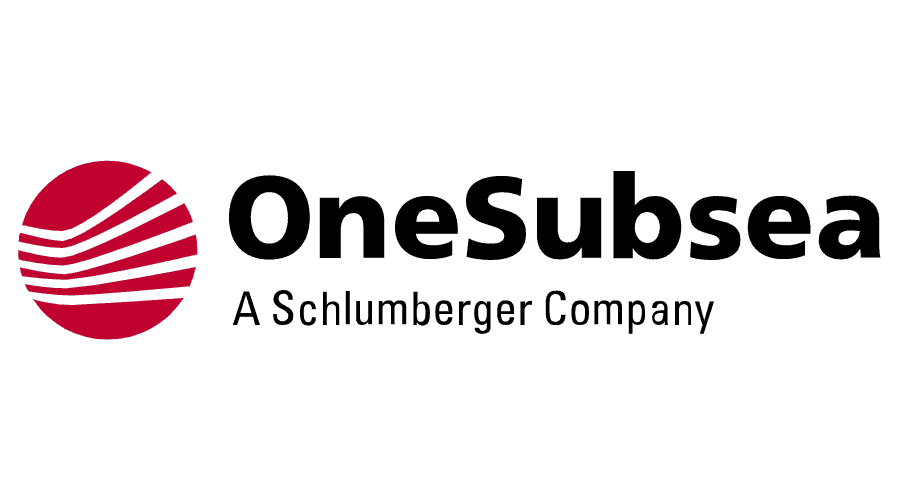 One Subsea UK Limited
One Subsea UK Limited -
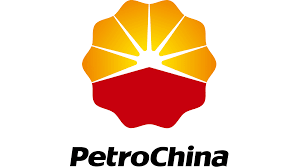 PetroChina Co. Ltd.
PetroChina Co. Ltd. -
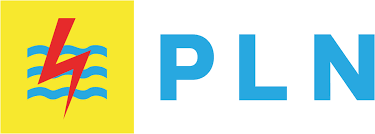 PLN Indonesia
PLN Indonesia -
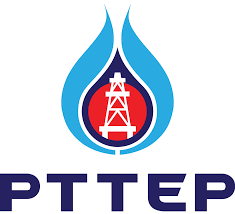 PTTEP Public Company Limited
PTTEP Public Company Limited -
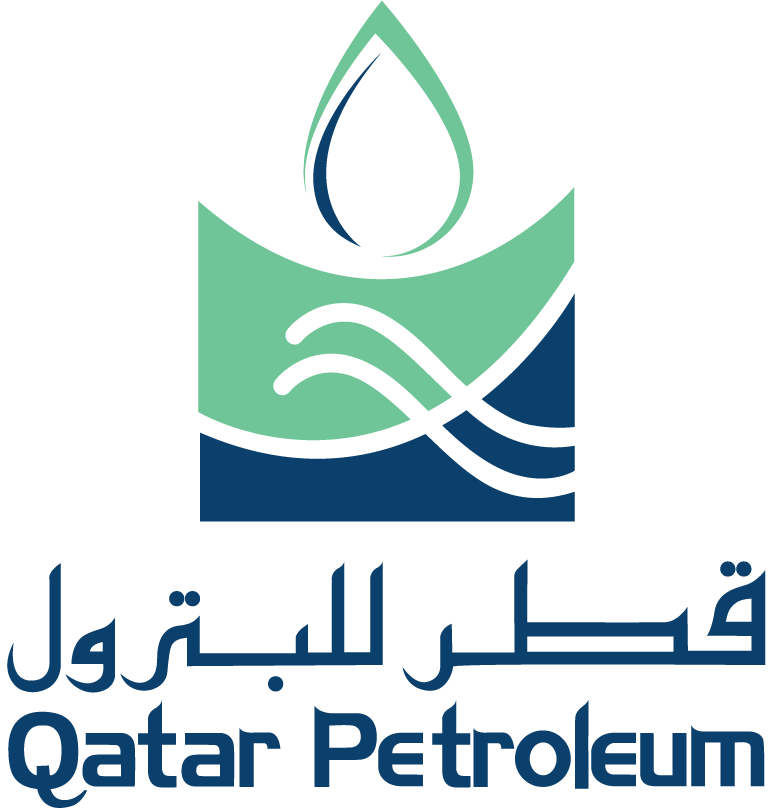 Qatar Energy
Qatar Energy -
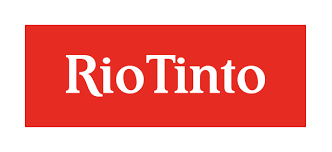 Rio Tinto PLC
Rio Tinto PLC -
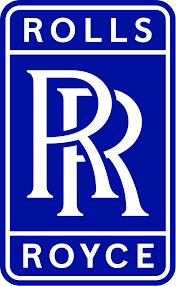 Rolls-Royce Holdings
Rolls-Royce Holdings -
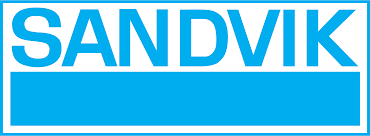 Sandvik
Sandvik -
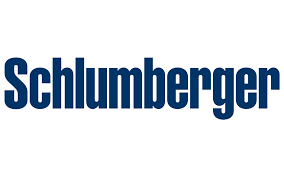 Schlumberger Limited
Schlumberger Limited -
 Schneider Electric SE
Schneider Electric SE -
 Seadrill Ltd
Seadrill Ltd -
 Shapoorji Pallonji Oil & Gas Pvt. Ltd.
Shapoorji Pallonji Oil & Gas Pvt. Ltd. -
 Sidvin Core-Tech (I) Pvt. Ltd
Sidvin Core-Tech (I) Pvt. Ltd -
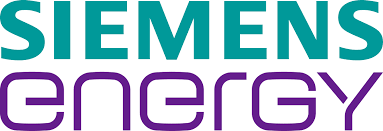 Siemens Energy AG
Siemens Energy AG -
Sime Darby Plantation Berhad
-
 Solarvest
Solarvest -
 Sulzer
Sulzer -
Sumitomo Corporation Group
-
 TechnipFMC plc
TechnipFMC plc -
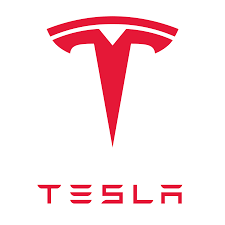 Tesla Energy
Tesla Energy -
 Test
Test -
 Trafigura Group Pte. Ltd.
Trafigura Group Pte. Ltd. -
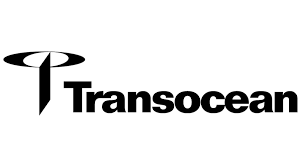 Transocean Ltd.
Transocean Ltd. -
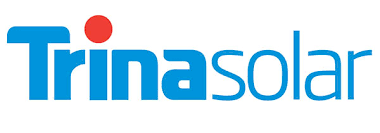 Trina Solar LTD
Trina Solar LTD -
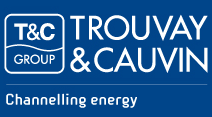 Trouvay & Cauvin Holding Group B.S.C.
Trouvay & Cauvin Holding Group B.S.C. -
 Vattenfall AB
Vattenfall AB -
 Velesto Energy
Velesto Energy -
 Vestas Wind Systems A/S
Vestas Wind Systems A/S -
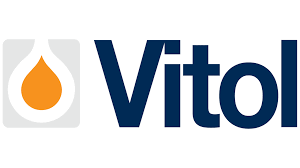 Vitol Holding B.V.
Vitol Holding B.V. -
 Weatherford International plc
Weatherford International plc -
 Wood Mackenzie Limited
Wood Mackenzie Limited -
 Wood PLC
Wood PLC -
 Woodside Petroleum
Woodside Petroleum -
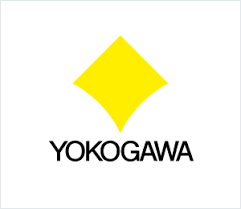 Yokogawa Electric Corporation
Yokogawa Electric Corporation
PetroChina Co. Ltd.
Company Registration No. :
1000001003252

Company Location :
Beijing, China
SHORT BUSINESS DESCRIPTION
PetroChina Company Limited
(simplified Chinese: 中国石油天然气股份有限公司;
traditional Chinese: 中國石油天然氣股份有限公司) is a
Chinese oil and gas company and is the listed arm of state-owned China National
Petroleum Corporation (CNPC), headquartered in Dongcheng District, Beijing.[3]
The company is currently Asia's largest oil and gas producer[4] and was China's
second biggest oil producer in 2006.[5] Traded in Hong Kong and New York, the
mainland enterprise announced its plans to issue stock in Shanghai in November
2007,[5] and subsequently entered the constituent of SSE 50 Index. In the 2020
Forbes Global 2000, PetroChina was ranked as the 32nd-largest public company in
the world.[6]
History
PetroChina was established as
a joint stock company with limited liabilities under the Company Law of the
People's Republic of China (the PRC) on 5 November 1999, as part of the
restructuring of CNPC. In the restructuring, CNPC injected into PetroChina most
of the assets and liabilities of CNPC relating to its exploration and
production, refining and marketing, chemicals and natural gas businesses.
Because of Sinopec's link to Sudan through parent company China Petrochemical
Corporation, several institutional investors such as Harvard and Yale decided,
in 2005, to divest from Sinopec. Sudan divestment efforts have continued to be
concentrated on PetroChina since then.[7] Fidelity Investments, after pressure
from activist groups, also announced in a filing in the US that it had sold 91
per cent of its American Depositary Receipts in PetroChina in the first quarter
of 2007.[8]
At the beginning of May 2007,
the company announced it had made China's largest oil find in a decade off the
country's northeast coast, in an oilfield named Jidong Nanpu oil field in Bohai
Bay.[9] In May 2008 these expectations were lowered.[10]
On 7 November 2007, Hang Seng
Indexes Company announced that PetroChina would be a Hang Seng Index
Constituent Stock, effective 10 December 2007.[11] PetroChina also came under
scrutiny from international organizations for its part in trading with the
Sudanese government as it undertook the war in Darfur.
On 19 August 2009, PetroChina
signed an A$50 billion deal with ExxonMobil to purchase liquefied natural gas
from the Gorgon field in Western Australia,[12][13] considered the largest
contract ever signed between China and Australia, which ensures China a steady
supply of LNG fuel for 20 years, and also forms as China's largest supply of
relatively "clean energy".[14][15] This deal has been formally
secured, despite relations between Australia and China being at their lowest
point in years, following the Rio Tinto espionage case and the granting of
visas to Rebiya Kadeer to visit Australia.[16]
PetroChina's Dushanzi District
refinery became fully operational on 24 September 2009. The refinery is China's
largest refinery with annual capacity of 10 million tons of oil and 1 million
tons of ethylene. The refinery is an integral part of China's ambitions to
import oil from Kazakhstan.[17]
In February 2011, PetroChina
agreed to pay $5.4 billion for a 49% stake in Canada's Duvernay shale assets
owned by Encana. It was China's biggest investment in shale gas to date.[18]
PetroChina's subsidiary in Canada is named PetroChina Canada and has an office
in Calgary. It operates under the direction of Li Zhiming.[19]
China signed a deal in 2016
with the Nepal Oil Corporation to sell 30% of the total Nepalese petroleum
consumption. China plans to build a pipeline to Nepal's Panchkhal along with a
storage depot.[20]
In 2017, the shares of
PetroChina upped after the rise of natural gas prices for commercial use.[21]
In February 2019, as part of
the Arrow Energy joint venture with Royal Dutch Shell, the company was granted
leases for $10 billion (AUS) towards the Surat project in Queensland,
Australia.[22] Liaoyang Petrochemical Corp, a unit of PetroChina, in May 2019
exported to Europe for the first time.[23] PetroChina posted a US$4 billion
profit for 2019.[24]
Click here to find more on website link : http://www.petrochina.com.cn/ptr/


